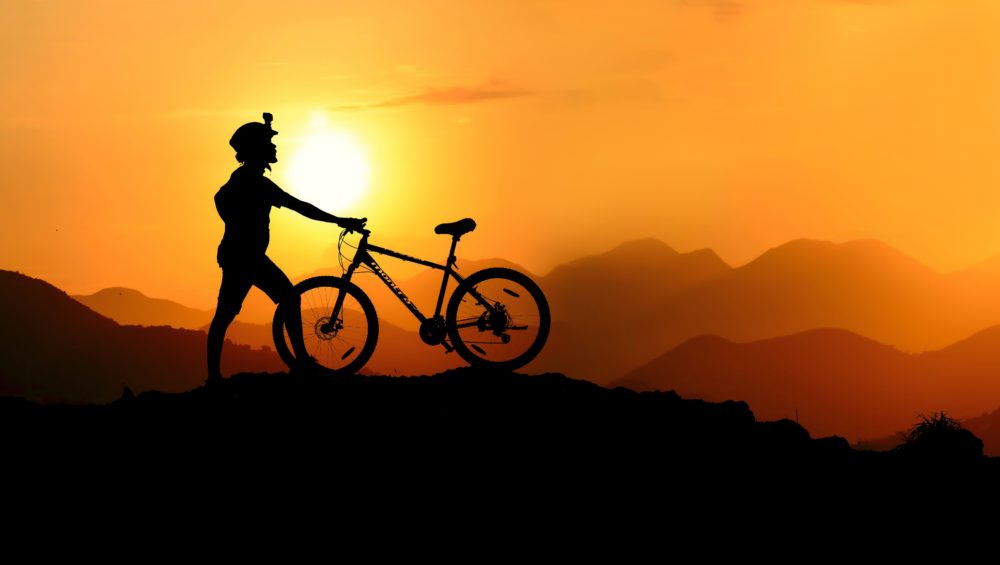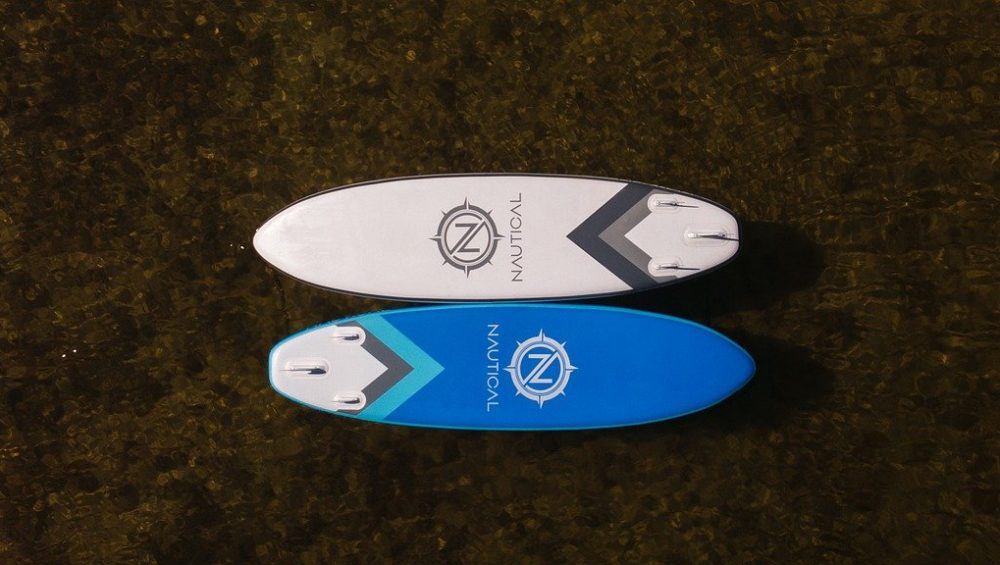The Centennial State is a paradise for any outdoor enthusiast, with seemingly endless options for recreational activities for residents and visitors alike. While each corner of the state has its own brand of exciting outdoor opportunities, Colorado Springs is conveniently located to offer access to just about any activity you could want to pursue in the Rocky Mountains.
From world-class hiking and fishing to mountain biking, skiing, and rock climbing for those more fueled by adrenaline, The Springs boasts unrivaled access to it all. If you have always wanted to try rock climbing but were unsure where to go, some of the best beginner climbing in Colorado is right here in our backyard.
Many of the best places to climb near Colorado Springs are very beginner-friendly while simultaneously offering terrain to excite even the most experienced climbers in your party.

What to Look for in a Beginner’s Climbing Area
If you are new to the sport, seek out guided rock climbing in Colorado Springs to safely learn about rock climbing. If you want to give it a shot on your own – or perhaps are taking out a friend for their first time – here are a few things to consider when identifying beginner climbing in Colorado Springs:
The Approach
Avid rock climbers know that some of the most rewarding climbs may require many hours – or perhaps even an overnight – on a trail to access the routes they seek to climb. When looking where to climb near Colorado Springs for beginners, consider crags that require a minimal approach to access.
Type of Climbing
There are a variety of types of rock climbing ranging from beginner-friendly to expert.
Bouldering is performed on small rock formations – often boulders – without the use of ropes or harnesses. Routes generally do not get too high off the ground, and crash pads help protect from a fall. Bouldering is a beginner-friendly style of climbing but often requires considerable strength to navigate the more dynamic moves.
If you are hoping to use ropes and harnesses, top rope accessible routes are the most beginner-friendly options available. When top roping, the rope runs from the climber through anchors at the top of the route and back down to a belayer at the bottom. This offers the most protection should the climber fall or need a break during the climb.
Sport climbing utilizes preplaced bolts in the rock, which a climber clips with a quickdraw on their way up the wall for periodic protection. This type of climbing is more consequential, as coming off the wall will usually result in a larger fall.
Traditional climbing, or trad climbing, requires climbers to place gear and protection as they navigate a route and remove all gear upon completion. Leading a trad climb is not recommended for beginners.
Ratings
When seeking beginner climbing in Colorado, checking route ratings is imperative. Using the Yosemite Decimal System, ropes are recommended for all 5th class climbing. Beginner rock climbs then fall between 5.0 – 5.8 in rating, and climbing areas with many routes in that range are great for novice rock climbers. Bouldering uses the V Scale, with beginner routes ranging from V0 – V3.

Best Beginner Climbing Areas in Colorado Springs
Red Rock Canyon Open Space
Location: 10 Minutes from Downtown
Type of Climbing: Mostly sport climbing with some top rope options available
Recommended Routes: Head to The Whale for the biggest selection of beginner sport routes
This young park located just outside of downtown Colorado Springs is owned by the city and managed by a dedicated team that aims to protect and preserve this natural and recreational asset for many generations. With nearly 100 unique routes between the east and west canyon walls, Red Rock has one of the best selections of beginner and moderate routes in the region.
Given its proximity to Colorado Springs, Red Rock Canyon Open Space is a favorite among locals and visitors alike. Not only is the park virtually located in town, but most of its climbing areas boast incredibly easy access as well. Whether you have a full day to explore or just a morning or afternoon, Red Rock Canyon Open Space is undeniably one of the best places to climb near Colorado Springs.
Shelf Road
Location: North of Canon City
Type of Climbing: Mostly sport climbing with accessible anchors to set up top rope routes
Recommended Routes: The best beginner routes can be found at The Bank and Cactus Cliff
If you were to ask a local where to climb near Colorado Springs, they would likely point you to Shelf Road. Located just a little over an hour southwest of Colorado Springs, this climbing hotspot has well over 1,000 unique routes to explore. Climbers from around the world come here to test their mettle, but there are many beginner-friendly routes at Shelf Road as well. While sport climbing is the modus operandi, many of the bolted anchors can be used to set up a top rope with relative ease.
As a bonus, many of the walls on Shelf Road boast very friendly approaches, and the quiet and beautiful backdrop is worth a visit alone. Coupled with excellent camping options nearby, Shelf Road has quickly become one of Colorado’s premier climbing destinations.
Garden of the Gods
Location: Off of US Highway 24
Type of Climbing: Mostly traditional and sport with some quality bouldering and a few top rope options
Recommended Routes:
Big Sky (5.7 Sport) and New Era (5.7 Trad, 2 pitches) at Kindergarten Rock
The Prow (V0+) and West Face Left (V2) at The Snake Pit Area
We would be remiss to discuss rock climbing in Colorado Springs and not mention Garden of the Gods. This is the area’s most famous destination. In addition to over two miles of hiking trails, ample road and mountain biking options, and easy access right out of town, this National Natural Landmark is also a great place to go rock climbing.
While not as beginner-friendly as the other places on our list, the conglomerate sandstone, and limestone formations beckon to be climbed. Routes range from easy bouldering problems to complex traditional climbing routes. With just a little sleuthing, you can find something for everyone.
No matter your outdoor interests, The Centennial State has you covered. If this is the year you decide to give rock climbing a try, some of the best beginner climbing in Colorado is located right here in Colorado Springs. Explore the area on your own or with the best guided rock climbing in Colorado Springs, and prepare to rope up and have the time of your life.


















